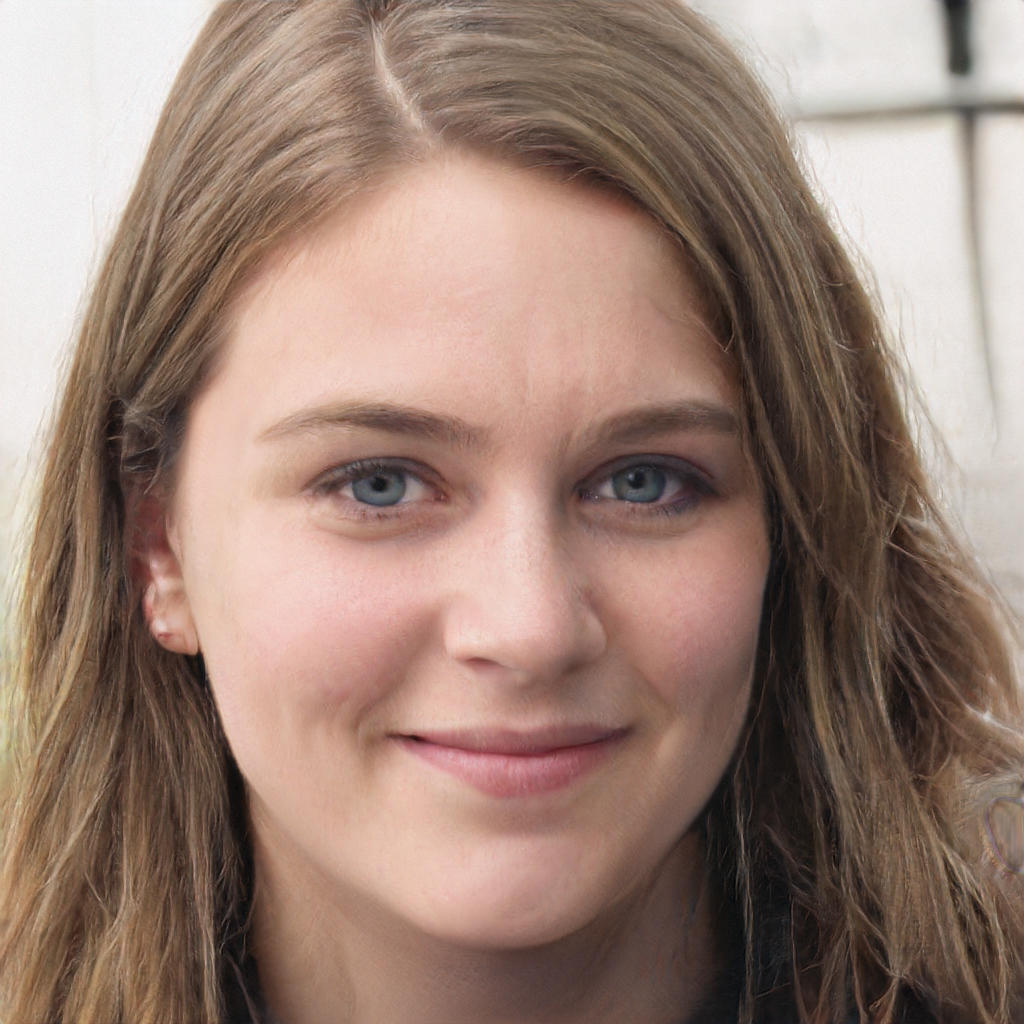Chapters

The best Science tutors available
About AQA A level Physics
The qualifications for AQA AS and A level physics are linear which means that the students will first take all the AS exam at the end of their AS course and then they will take all the A-level exams at the end of their A-level course.
Papers Included in this Exam
The following three papers are included in AQA physics A level assessment:
- Paper 1: It is a written exam of 2 hours and covers 34% of the A level syllabus. The total marks of this paper are 85. These marks are further divided like this:
- 25 marks multiple choice questions
- 60 marks short and long questions and answers
- Paper 2: It is also a written exam of 2 hours and covers 34% of the A level syllabus. Like paper 1, the total marks of this paper are also 85 which are divided like this:
- 25 marks multiple choice questions
- 60 marks short and long questions and answers
- Paper 3: It is a written exam of 2 hours and covers the rest 32% of the A level syllabus. The total marks of this paper are 80 which are divided like this:
- 45 marks short and long questions and answers on data analysis and practical experiment
- 35 marks short and long questions on any optional topic selected by the student
This resource contains many specimen papers and mark schemes new AQA Physics A-Level. These documents are freely available on the AQA website.
June 2018
- Paper 1 Question Paper
- Paper 1 Mark Scheme
- Paper 2 Question Paper
- Paper 2 Mark Scheme
- Paper 3A Question Paper
- Paper 3A Mark Scheme
- Paper 3B (Option A)Astrophysics Question Paper
- Paper 3B (Option A) Astrophysics Mark Scheme
- Paper 3B (Option B) Medical Physics Question Paper
- Paper 3B (Option B) Medical Physics Mark Scheme
- Paper 3B (Option C) Engineering Physics Question Paper
- Paper 3B (Option C) Engineering Physics Mark Scheme
- Paper 3B (Option D) Turning Points in Physics Question Paper
- Paper 3B (Option D) Turning Points in Physics Mark Scheme
- Paper 3B (Option E) Electronics Question Paper
- Paper 3B (Option E) Electronics Mark Scheme
June 2019
- Paper 1 Question Paper
- Paper 1 Mark Scheme
- Paper 2 Question Paper
- Paper 2 Mark Scheme
- Paper 3A Question Paper
- Paper 3A Mark Scheme
- Paper 3B (Option A)Astrophysics Question Paper
- Paper 3B (Option A) Astrophysics Mark Scheme
- Paper 3B (Option B) Medical Physics Question Paper
- Paper 3B (Option B) Medical Physics Mark Scheme
- Paper 3B (Option C) Engineering Physics Question Paper
- Paper 3B (Option C) Engineering Physics Mark Scheme
- Paper 3B (Option D) Turning Points in Physics Question Paper
- Paper 3B (Option D) Turning Points in Physics Mark Scheme
- Paper 3B (Option E) Electronics Question Paper
- Paper 3B (Option E) Electronics Mark Scheme
November 2020
- Paper 1 Question Paper
- Paper 1 Mark Scheme
- Paper 2 Question Paper
- Paper 2 Mark Scheme
- Paper 3A Question Paper
- Paper 3A Mark Scheme
- Paper 3B (Option A)Astrophysics Question Paper
- Paper 3B (Option A) Astrophysics Mark Scheme
- Paper 3B (Option B) Medical Physics Question Paper
- Paper 3B (Option B) Medical Physics Mark Scheme
- Paper 3B (Option C) Engineering Physics Question Paper
- Paper 3B (Option C) Engineering Physics Mark Scheme
- Paper 3B (Option D) Turning Points in Physics Question Paper
- Paper 3B (Option D) Turning Points in Physics Mark Scheme
- Paper 3B (Option E) Electronics Question Paper
- Paper 3B (Option E) Electronics Mark Scheme
November 2021
- Paper 1 Question Paper
- Paper 1 Mark Scheme
- Paper 2 Question Paper
- Paper 2 Mark Scheme
- Paper 3A Question Paper
- Paper 3A Mark Scheme
- Paper 3B (Option A)Astrophysics Question Paper
- Paper 3B (Option A) Astrophysics Mark Scheme
- Paper 3B (Option B) Medical Physics Question Paper
- Paper 3B (Option B) Medical Physics Mark Scheme
- Paper 3B (Option C) Engineering Physics Question Paper
- Paper 3B (Option C) Engineering Physics Mark Scheme
- Paper 3B (Option D) Turning Points in Physics Question Paper
- Paper 3B (Option D) Turning Points in Physics Mark Scheme
- Paper 3B (Option E) Electronics Question Paper
- Paper 3B (Option E) Electronics Mark Scheme













Very useful information thanks a lot
My thinking is you can project amplitude as it is changing over distance of the wave and can be met to neutral if speed of change is calculated by change of amplitude and distance therefore can be met exact distance of half with same light wave projected amplitude at next change equaling same amplitude